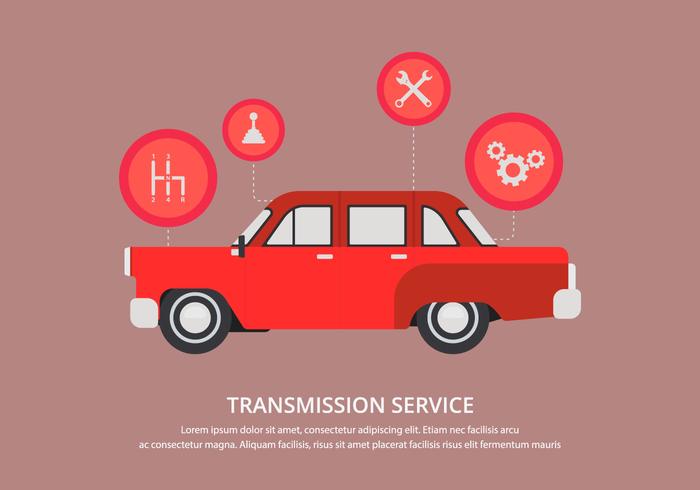Understanding The Value Of Your Automobile'S Warning Signals: What They In Fact Stand For
Understanding The Value Of Your Automobile'S Warning Signals: What They In Fact Stand For
Blog Article
Material Writer-Higgins Alvarado
When you're behind the wheel, those beautiful warning lights on your dashboard can be a bit puzzling. Do https://brake-shop-near-me40594.blogginaway.com/30519925/the-sensational-remodeling-of-a-neglected-automobile-showcases-the-amazing-influence-of-professional-detailing-techniques-prepare-to-be-astonished-by-the-outcomes understand what they're attempting to tell you regarding your car's health and wellness? Understanding the relevance of these lights is essential for your safety and security and the durability of your automobile. So, the next time among those lights turns up, would not you intend to understand its message precisely and take the necessary actions to address it?
Common Warning Lights and Interpretations
Determine usual caution lights in your cars and truck and recognize their definitions to make sure risk-free driving.
One of the most common caution lights consist of the check engine light, which signals concerns with the engine or discharges system. If this light comes on, it's essential to have your car examined quickly.
The oil stress alerting light shows low oil pressure, calling for prompt attention to avoid engine damage.
A blinking battery light may suggest a malfunctioning charging system, possibly leaving you stranded otherwise dealt with.
The tire pressure monitoring system (TPMS) light signals you to reduced tire pressure, affecting automobile security and gas performance. Ignoring valet car cleaning auckland could result in dangerous driving problems.
The abdominal light suggests an issue with the anti-lock braking system, endangering your capability to quit swiftly in emergencies.
look here but not least, the coolant temperature level cautioning light warns of engine getting too hot, which can result in extreme damages if not solved promptly.
Comprehending these typical warning lights will certainly aid you resolve problems quickly and maintain risk-free driving problems.
Value of Prompt Attention
Understanding the usual caution lights in your auto is just the very first step; the value of promptly addressing these warnings can not be highlighted enough to ensure your security on the road.
When https://gunnergbvtm.onzeblog.com/29954032/the-essential-overview-to-automobile-outlining-materials-what-every-new-fanatic-demands-to-find-out brightens on your dashboard, it's your automobile's means of communicating a potential problem that needs attention. Overlooking these cautions can result in more serious issues down the road, jeopardizing your safety and possibly costing you extra out of commission.
Trigger focus to advising lights can stop break downs and crashes. For instance, a blinking check engine light could suggest a misfire that, if left unattended, can trigger damages to the catalytic converter. Addressing this without delay can save you from a costly repair work.
In a similar way, a brake system alerting light may indicate reduced brake liquid or used brake pads, essential elements for your safety when driving.
DIY Troubleshooting Tips
If you see a warning light on your dashboard, there are a few DIY fixing suggestions you can attempt before seeking specialist help.
The initial step is to consult your cars and truck's manual to comprehend what the details caution light indicates. Sometimes the problem can be as basic as a loose gas cap triggering the check engine light. Tightening the gas cap might solve the problem.
Another common issue is a low battery, which can activate various alerting lights. Checking the battery connections for rust and guaranteeing they're safe and secure might fix the problem.
If a caution light persists, you can attempt resetting it by disconnecting the cars and truck's battery for a couple of mins and after that reconnecting it. Additionally, inspecting your vehicle's liquid degrees, such as oil, coolant, and brake fluid, can aid troubleshoot alerting lights associated with these systems.
Verdict
Finally, recognizing your vehicle's caution lights is important for maintaining your automobile running smoothly and securely. By without delay addressing these alerts and recognizing what they indicate, you can avoid costly fixings and potential failures.
Keep in mind to consult your cars and truck's guidebook for specific details on each warning light and take action accordingly to ensure a trouble-free driving experience.
Stay notified, stay safe on the road!
